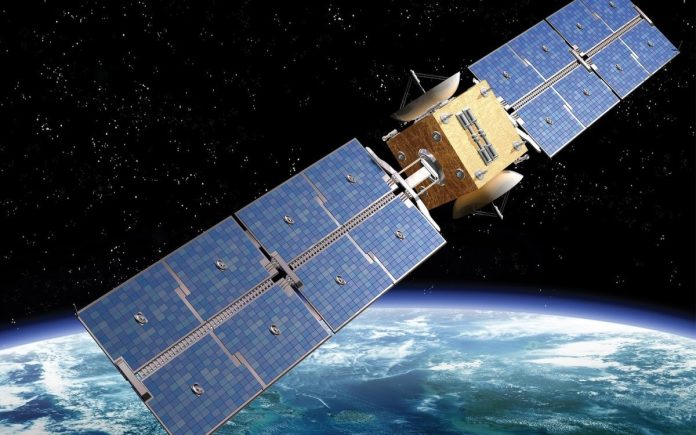Загадкове переміщення військового супутника Skynet-1A викликає занепокоєння серед експертів. Супутник, запущений у 1969 році для потреб Великої Британії, сьогодні знаходиться на орбіті поблизу Північної Америки на висоті 36 тисяч кілометрів. Спеціалісти підозрюють, що такий рух навряд чи був викликаний природними факторами. І хоча точні причини залишаються невідомими, ситуація становить реальну загрозу для інших супутників на орбіті.
Skynet-1A, розроблений американською компанією Philco Ford і запущений з космодрому США, мав забезпечувати зв’язок британських військових у Сінгапурі. Його розташування над східним узбережжям Африки дозволяло ефективно підтримувати зв’язок із військами. Після кількох років роботи супутник вийшов з ладу, і через гравітаційні впливи мав переміститися на схід — над Індійський океан.
Проте, замість очікуваного поступового східного зсуву, супутник, вагою 500 кг, перемістився на захід — тепер він знаходиться на орбіті над Північною Америкою. Вважається малоймовірним, що таке переміщення відбулося внаслідок орбітальної механіки, що вказує на втручання зовнішніх сил. На думку британського консультанта з космосу Стюарта Івса, ця непередбачувана поведінка супутника досі не має пояснень.
Експерти висувають кілька гіпотез щодо цієї аномалії. Існують припущення, що у певний момент США тимчасово отримали контроль над супутником, коли у Великій Британії проходили ремонтні роботи. Офіційні архівні дані також свідчать, що у 1977 році ВПС Великої Британії втратили можливість спостерігати за Skynet-1A, після чого управління могло перейти до США.
Однак, замість переміщення супутника на так зване орбітальне кладовище — зону, де перебуває непрацююче космічне обладнання з мінімальним ризиком зіткнень, — він залишився на орбіті серед діючих апаратів. Як зазначає Івс, Skynet-1A вже неодноразово зближувався з діючими супутниками, що значно підвищує ризик зіткнень і створює серйозну загрозу для космічної інфраструктури.


